Description
Triacetin: A Versatile and Often Overlooked Compound
Triacetin, also known as glyceryl triacetate, is a colorless, odorless, and viscous liquid ester formed from glycerol and acetic acid. While it might not be a household name, Triacetin plays a surprisingly diverse role in various industries, from food to cosmetics to pharmaceuticals. Its inherent properties, such as its water solubility, solvency power, and biodegradability, contribute to its widespread applications.
A Breakdown of its Uses:
- Food Industry: Triacetin is approved by regulatory bodies like the FDA as a food additive (E1518) and a Generally Recognized As Safe (GRAS) substance. It serves as a:
- Humectant: Helps retain moisture in food products, preventing them from drying out. This is particularly useful in baked goods, confections, and processed foods.
- Plasticizer: Improves the texture and flexibility of food packaging films and coatings.
- Solvent: Dissolves and carries flavors and fragrances in food products, enhancing the overall sensory experience. It’s commonly used in flavor concentrates and alcoholic beverages.
- Cosmetics and Personal Care: Its versatility extends to the cosmetics industry, where Triacetin acts as:
- Plasticizer: Imparts flexibility to nail polish and film-forming products, preventing cracking and chipping.
- Humectant: Helps skin retain moisture, contributing to hydrated and smoother skin.
- Solvent: Dissolves other cosmetic ingredients, ensuring even distribution and effectiveness within formulations.
- Pharmaceutical Industry: Triacetin’s biocompatibility makes it suitable for pharmaceutical applications. It’s often used as:
- Plasticizer: Incorporated into tablet coatings and capsules to improve their flexibility and ease of swallowing.
- Solvent: Facilitates the formulation of liquid medications and topical creams.
- Antifungal Agent: Demonstrates antifungal properties and has been investigated as a potential treatment for fungal infections, particularly onychomycosis (nail fungus). While not a primary treatment, it can be found in some over-the-counter antifungal solutions.
- Industrial Applications: Beyond food, cosmetics, and pharmaceuticals, Triacetin finds application in:
- Plasticizer: Used in cellulose-based plastics and other polymers to improve their flexibility and workability.
- Production of Cigarette Filters: Can be used as a plasticizer in the production of cigarette filters.
Advantages of Triacetin:
- Low Toxicity: Triacetin is generally considered safe for human consumption and use in cosmetics and pharmaceuticals.
- Biodegradable: It breaks down naturally in the environment, making it a more sustainable option compared to some synthetic alternatives.
- Versatile: Its diverse range of applications stems from its unique combination of properties.
- Solvent Properties: Excellent solvent capabilities allow it to dissolve a wide range of substances.
Considerations and Potential Concerns:
While generally safe, some individuals might experience minor skin irritation upon direct contact with Triacetin. It’s always recommended to follow product instructions and discontinue use if irritation occurs. As with any chemical substance, excessive exposure should be avoided.
Conclusion:
Triacetin is a valuable and versatile compound with a wide range of applications across various industries. Its low toxicity, biodegradability, and excellent solvent properties make it a popular choice for use in food, cosmetics, pharmaceuticals, and industrial processes. While often working behind the scenes, Triacetin plays a crucial role in enhancing the quality, functionality, and safety of many products we use daily. As research continues and sustainable alternatives are sought, Triacetin’s importance is likely to remain significant in the foreseeable future.

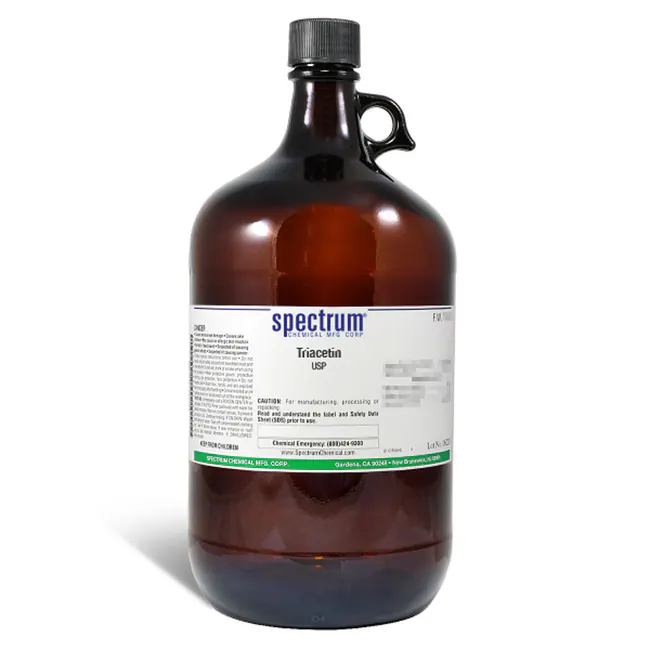
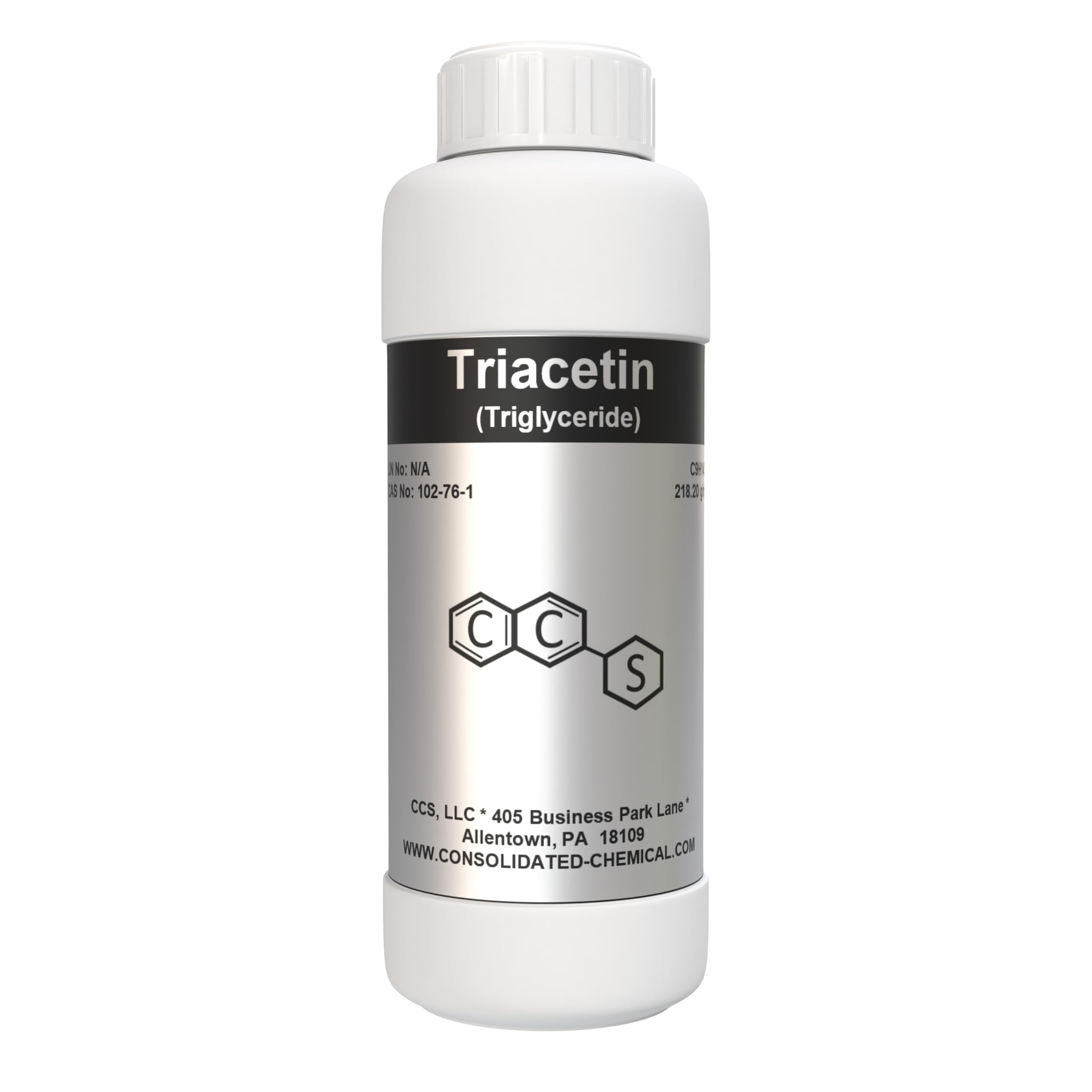
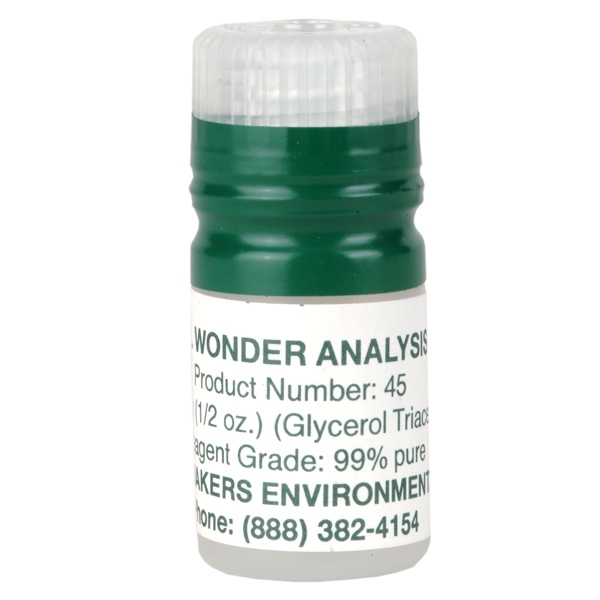
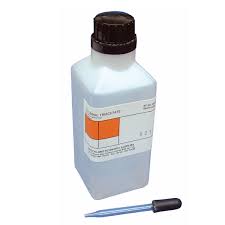


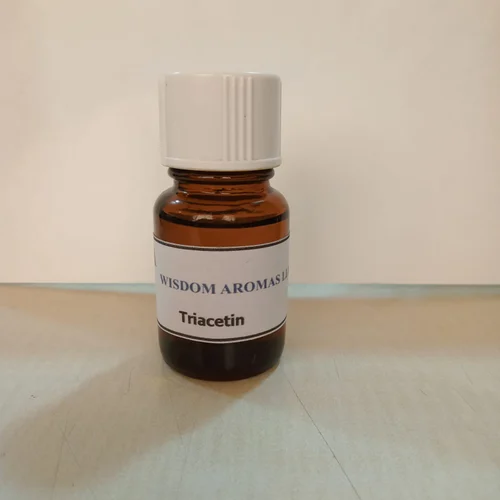
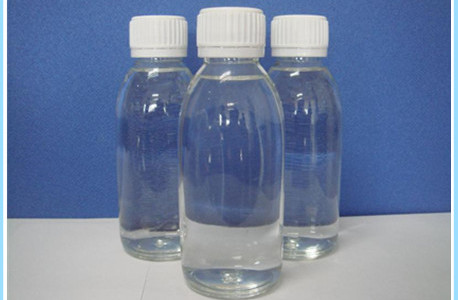
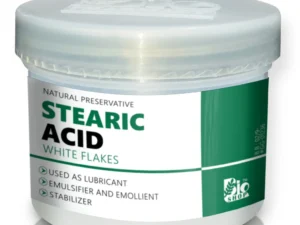

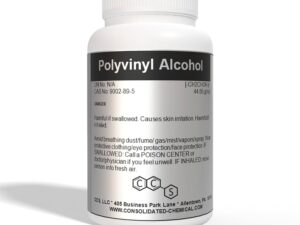
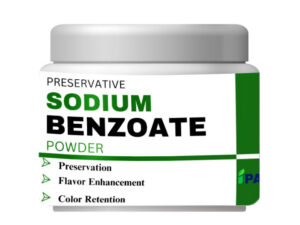
Reviews
There are no reviews yet.